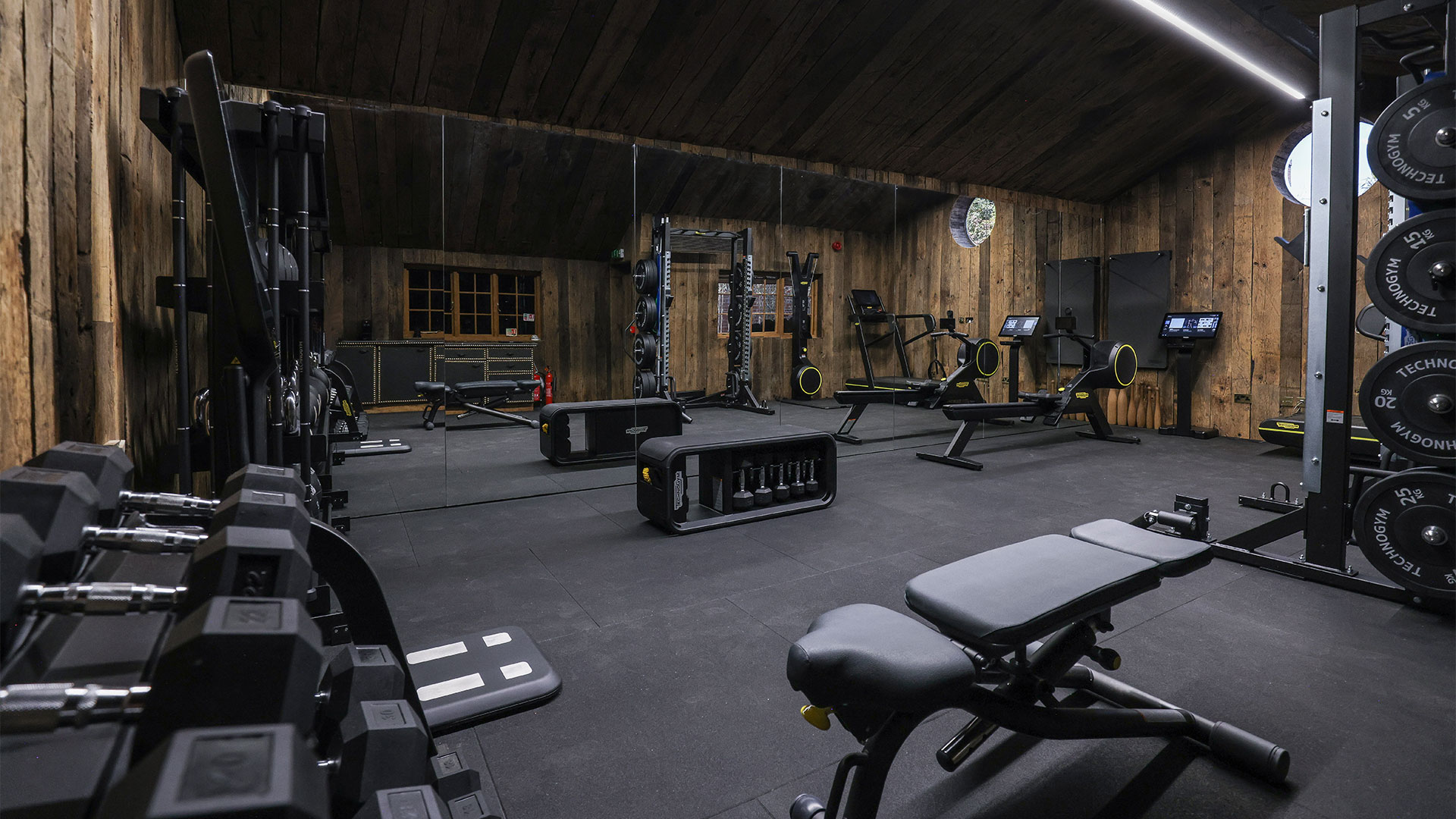Hypertrophy
/hʌɪˈpəːtrəfi/ noun Physiology
the enlargement of an organ or tissue from the increase
in size of its cells.
“the hypertrophy of the muscle fibres”
Create resilience in damage
Your muscles grow to increase your resilience to damage.
Effective programming is about controlling how much damage/inflammation we put through our bodies.
Fatigue & volume
These are two key variables that will define your size & shape.
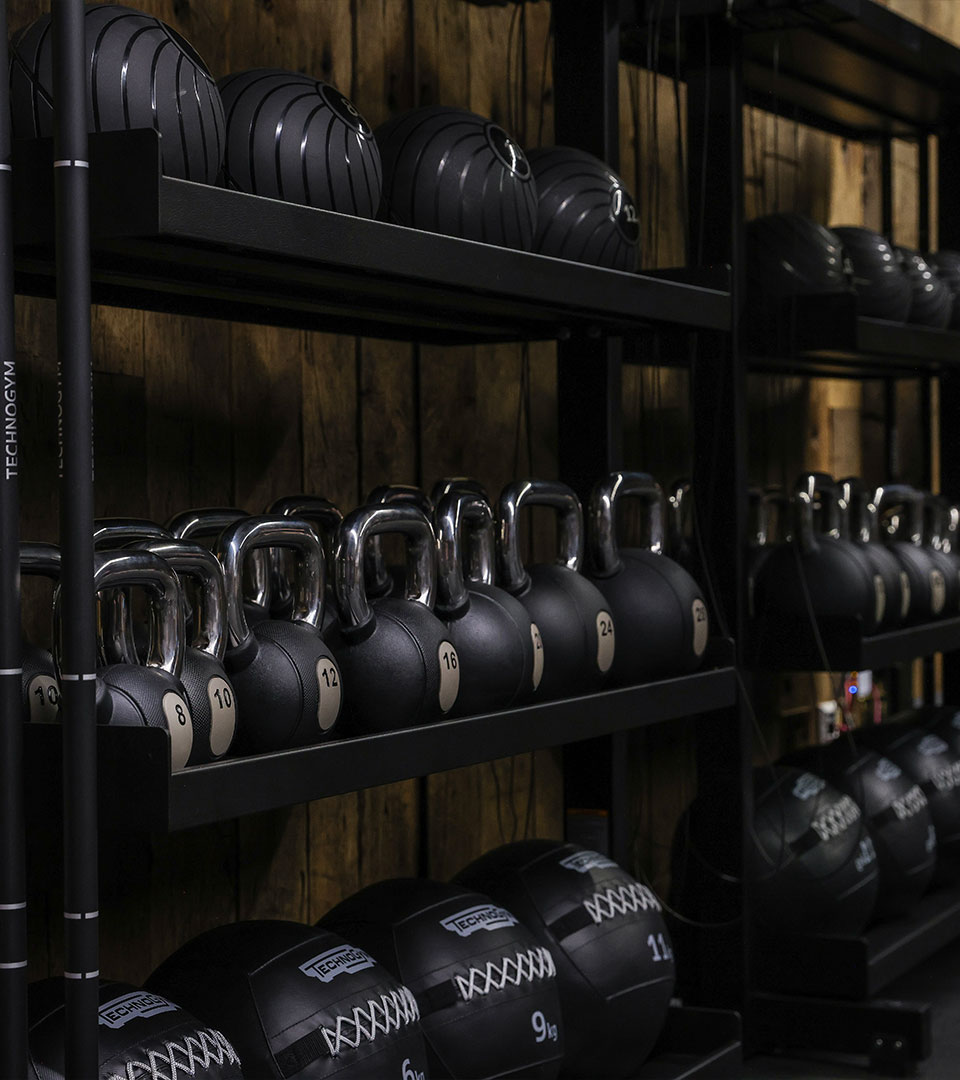
Stage 1
Fatigue
Fatigue is about Glycogen depletion. If we deplete glycogen from our muscles, then the muscle will grow to hold more glycogen in the future.
This is a good place to start with weight training as a glycogen depletion workout will consist of:
- Light weights
- High reps
- Low rest
Fatigue has the lowest potential growth for muscle size due to light weights/low damage.
This is a great place to build tone because of the conditioning & time under tension.
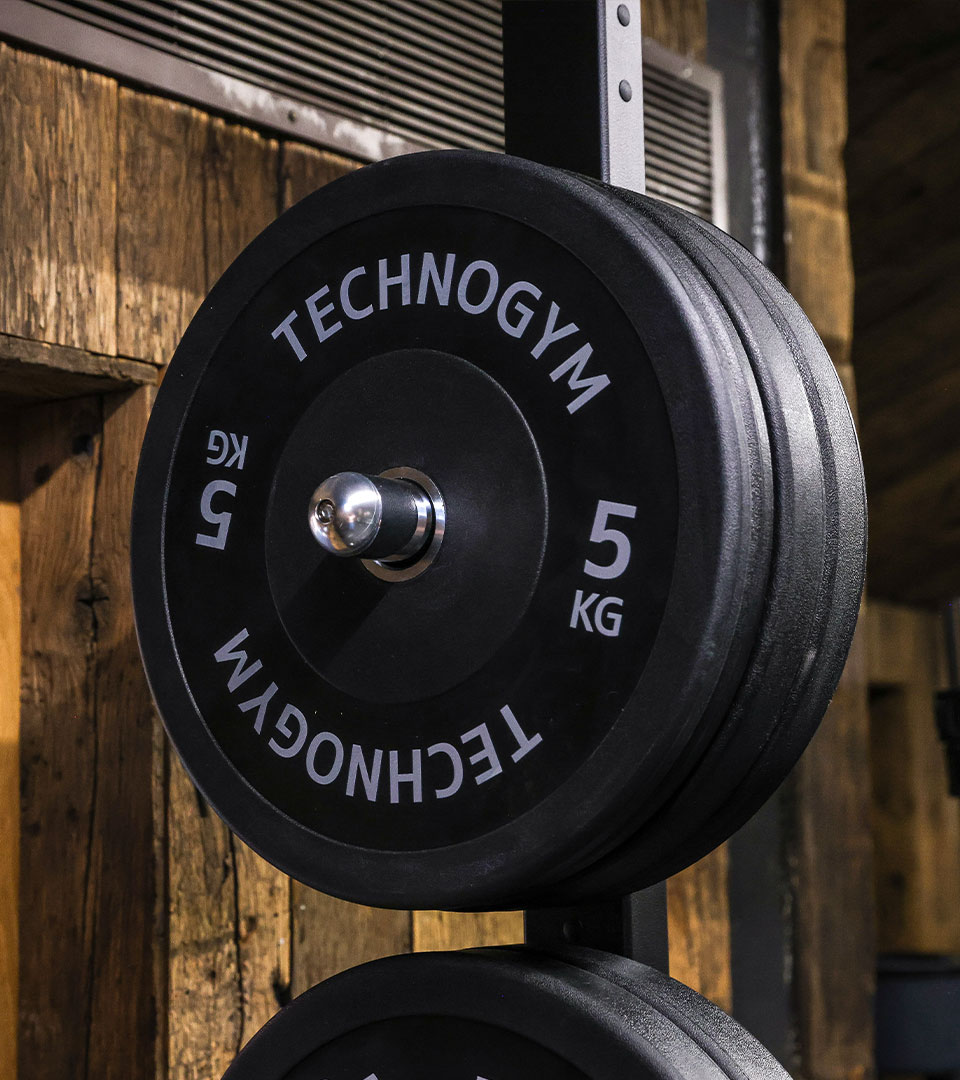
Stage 2
Volume
This is a good stage to follow on from a period of training focused on fatigue.
Muscle growth occurs when volume increases.
So, how do we calculate volume?
Weight x Reps x Sets
For example:
100kg (weight) x 10 (reps) x 10 (sets) = 10,000kg
Volume has higher potential growth than fatigue because larger weights and volume can cause more damage/create bigger stimulus for muscles to grow.
For bodyweight training your own bodyweight would be used for the weight in this formula.
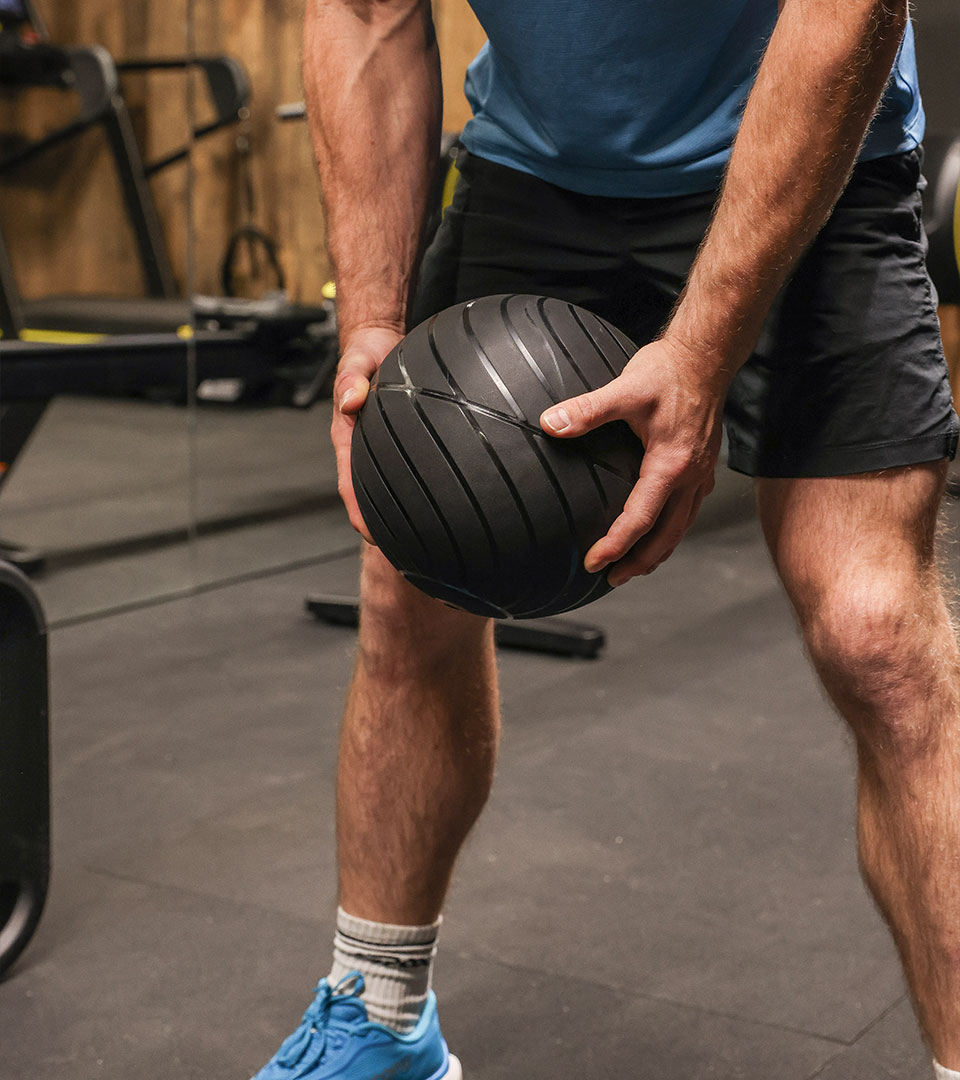
Stage 3
Advanced hypertrophy
Wanting to build even more muscle but hitting a plateau with your volume focused training?
Weight x Reps x Sets
For example:
200kg (weight) x 5 (reps) x 10 (sets) = 10,000kg
The volume calculation still applies to advanced hypertrophy but the weight will be heavier.
If the weights are heavier then the reps need to drop down & the sets remain the same.
Training volume is still the same, but the heavier weight will make more muscle growth due to more damage made.
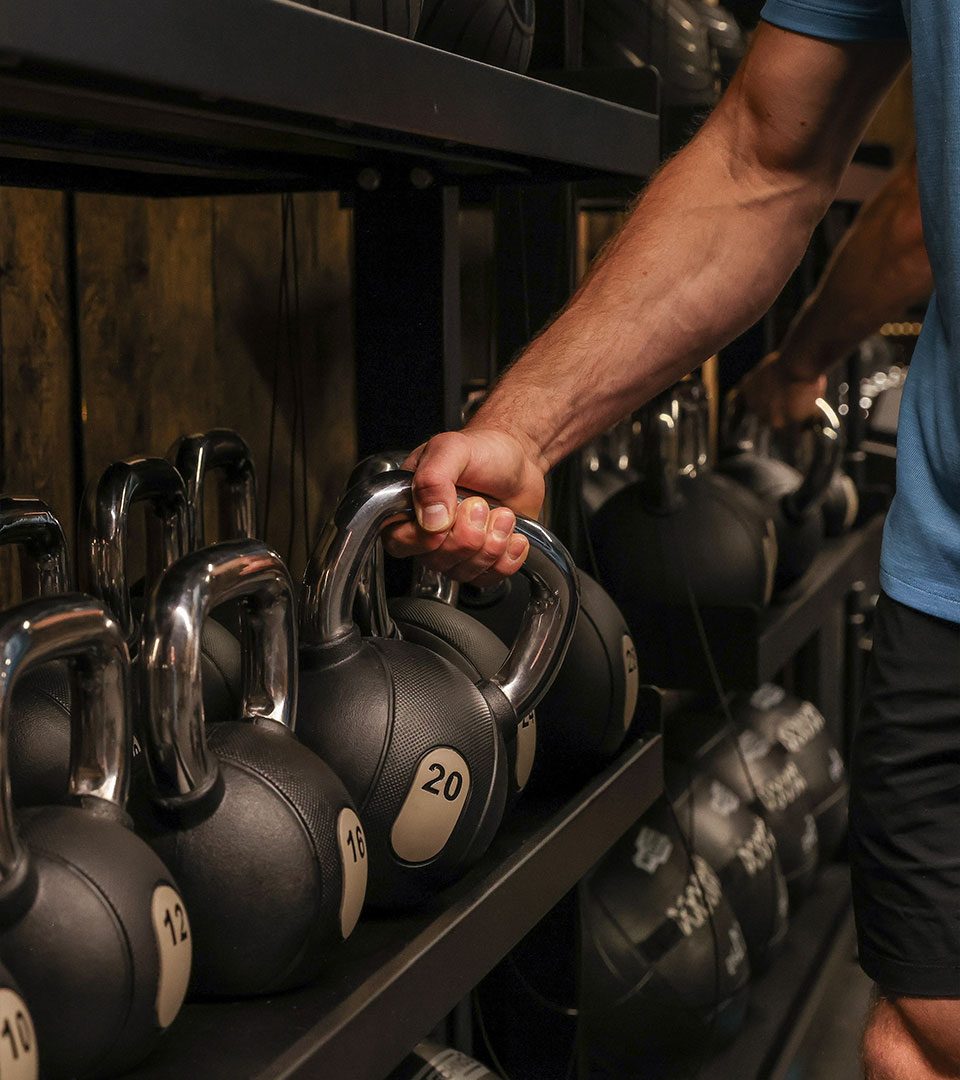
This will take time to build up to, so initially when intensity/weight increases expect your volume to go down as you wont be able to hit the same volumes/extra sets straight away.
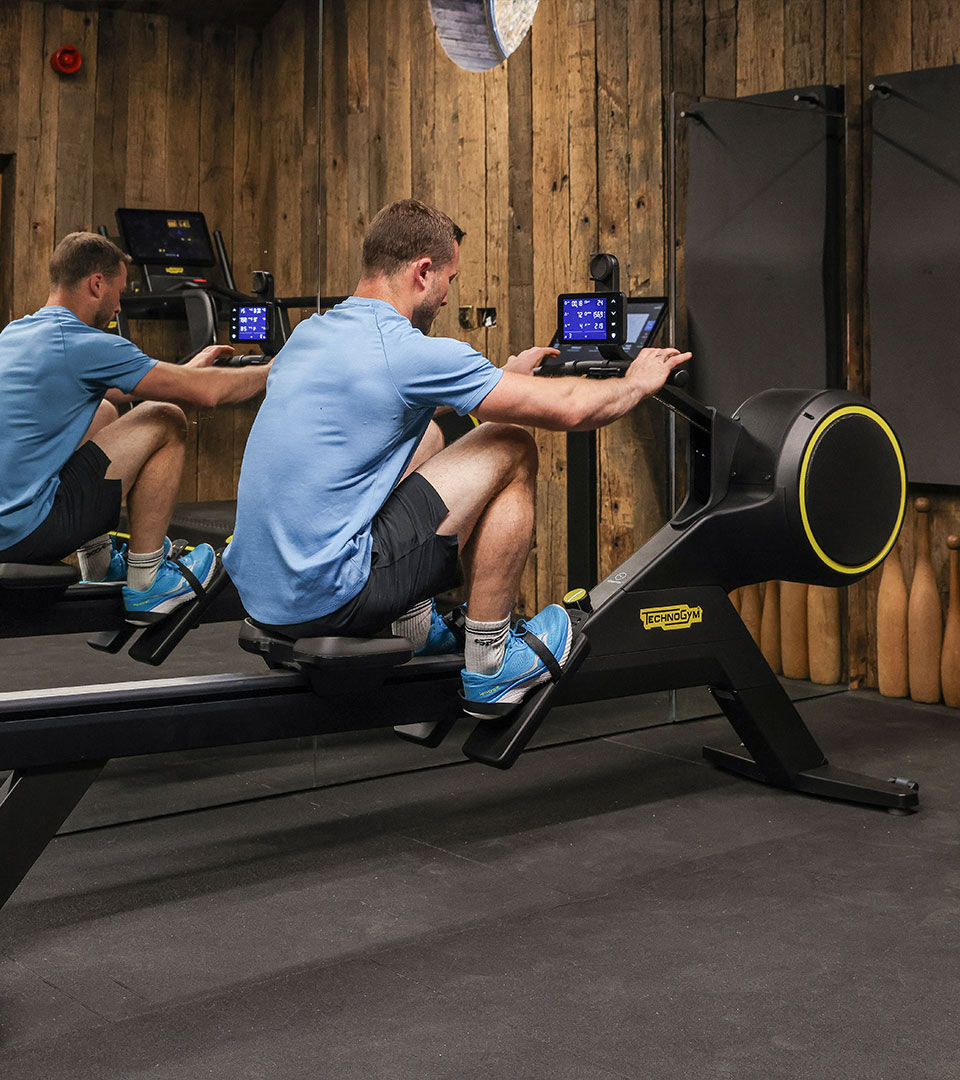
Strength without size?
Wanting to gain strength without size?
Weight x Reps x Sets
For example:
200kg (weight) x 3(reps) x 2(sets) = 1,200kg
The same formula still applies.
The intensity is still high enough to achieve increases in strength, but because the volume has dropped with performing less reps & sets you won’t grow bigger muscles.
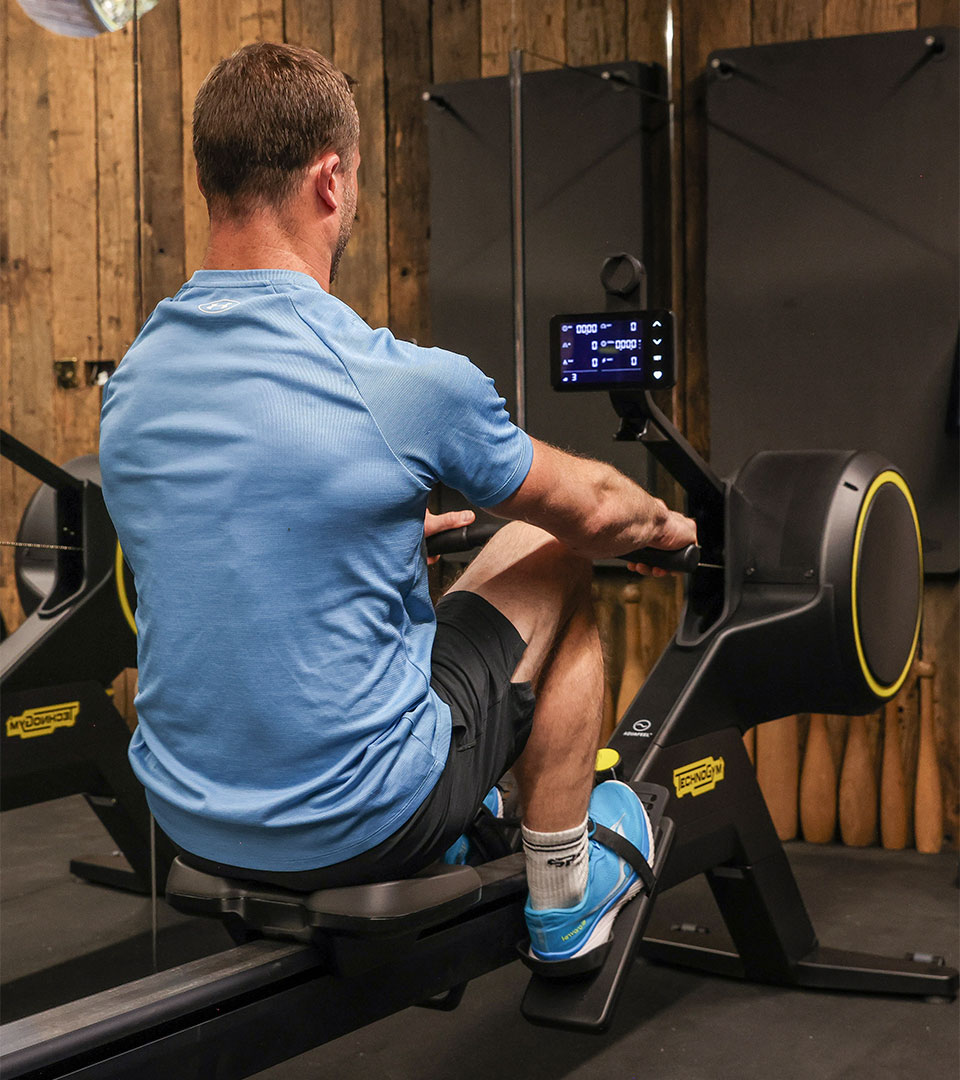
How do you decide how many exercises to do?
Is it better to hit your 10,000kg volume workout with 4 exercises or 6 for example?
This depends on the person training.
A person less experienced or new to exercise/strength training may need to control the volume over more exercises to manage fatigue, so less sets & reps per exercise.
A more experienced person may need more volume in each movement to create enough of a stimulus to create the desired adaptations.
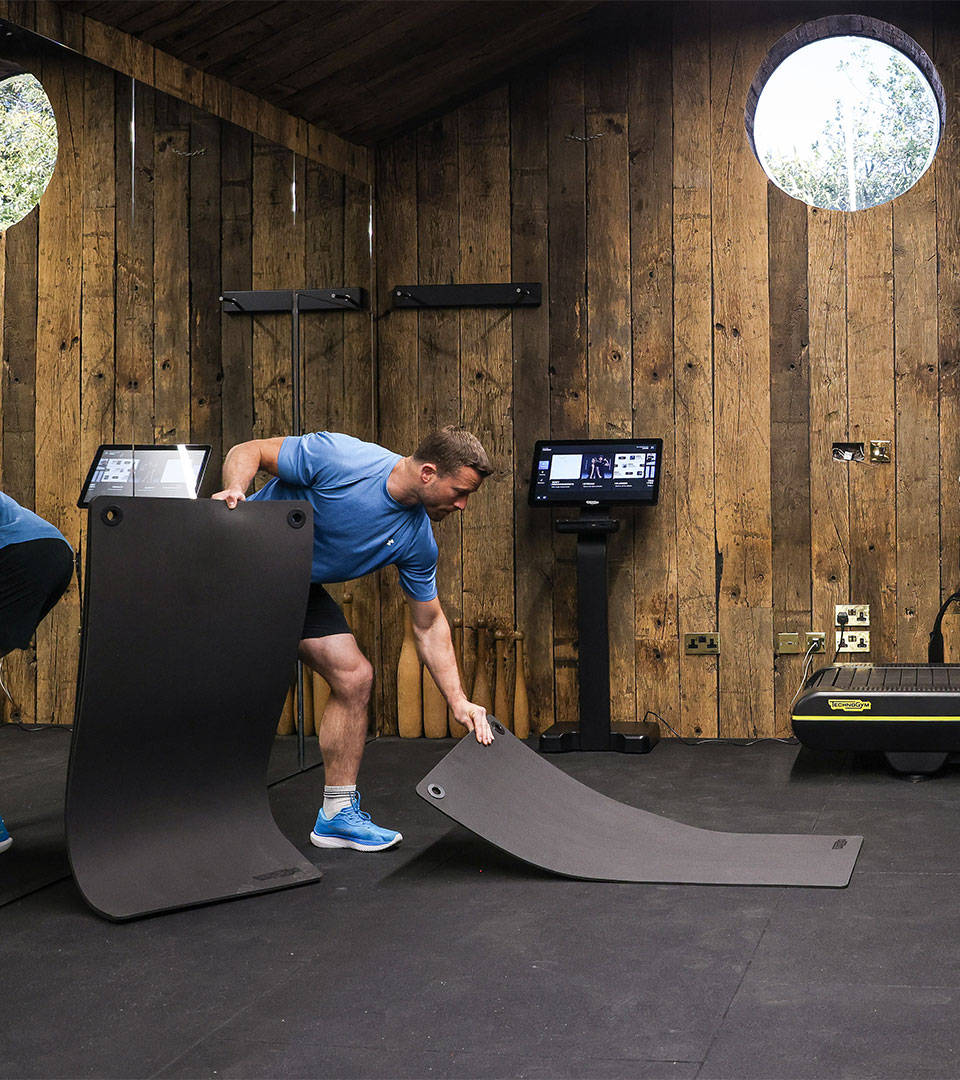
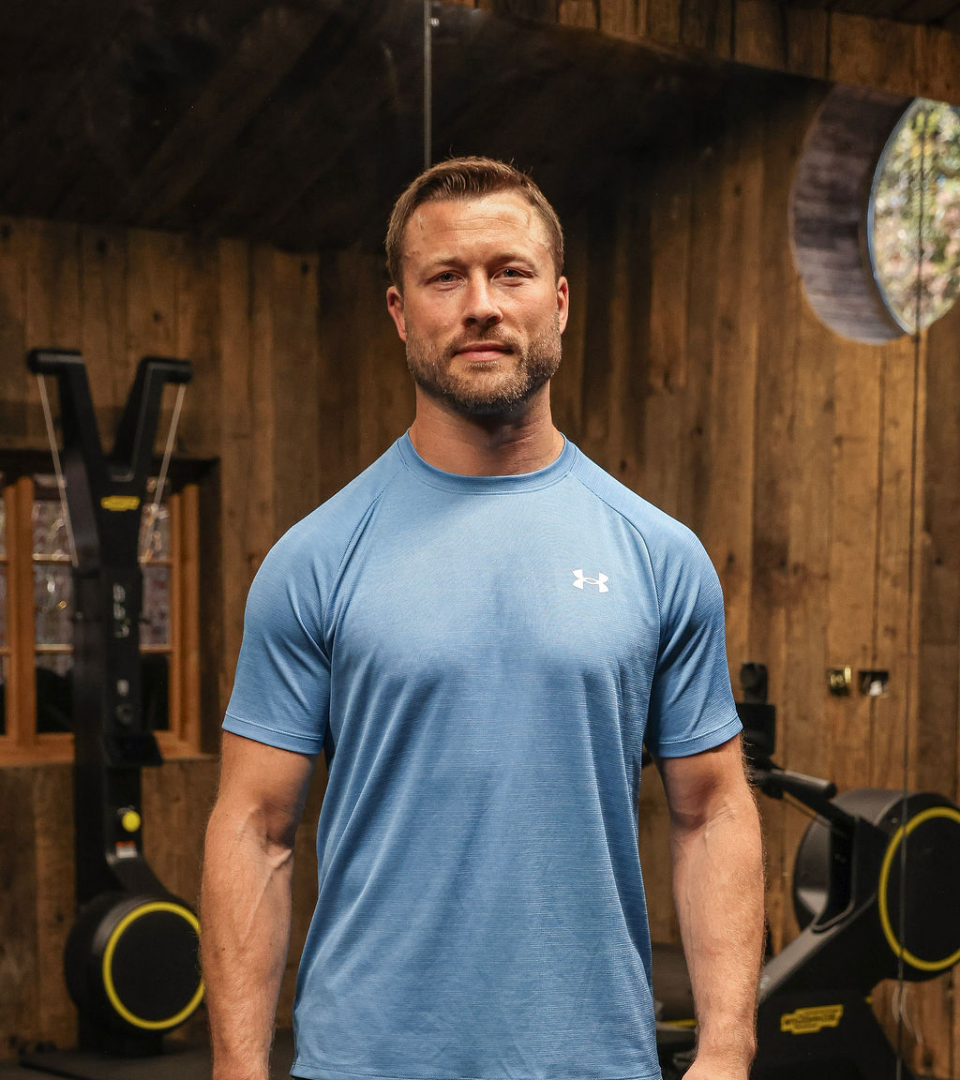
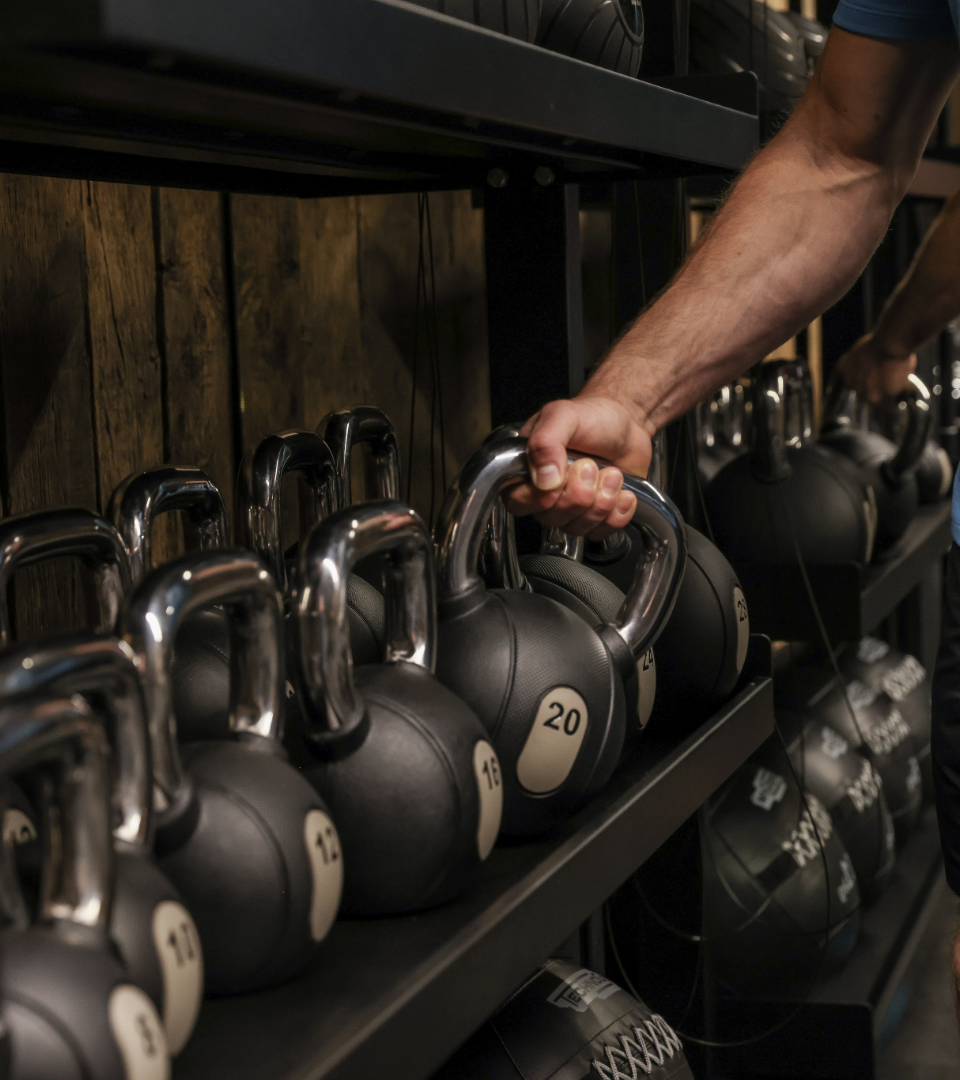
Crazy bear wellness
Embrace Wellness. Indulge in Balance. Discover a New Way to Escape.
Our boutique gym at Crazy Bear Beaconsfield is compact by design and curated for results, offering premium Technogym equipment, expert-led health coaching, and a full functional strength setup. It’s more than just a place to train, we are offering a personalised wellness experience, whether you’re building strength, balancing hormones, or recovering with purpose.





